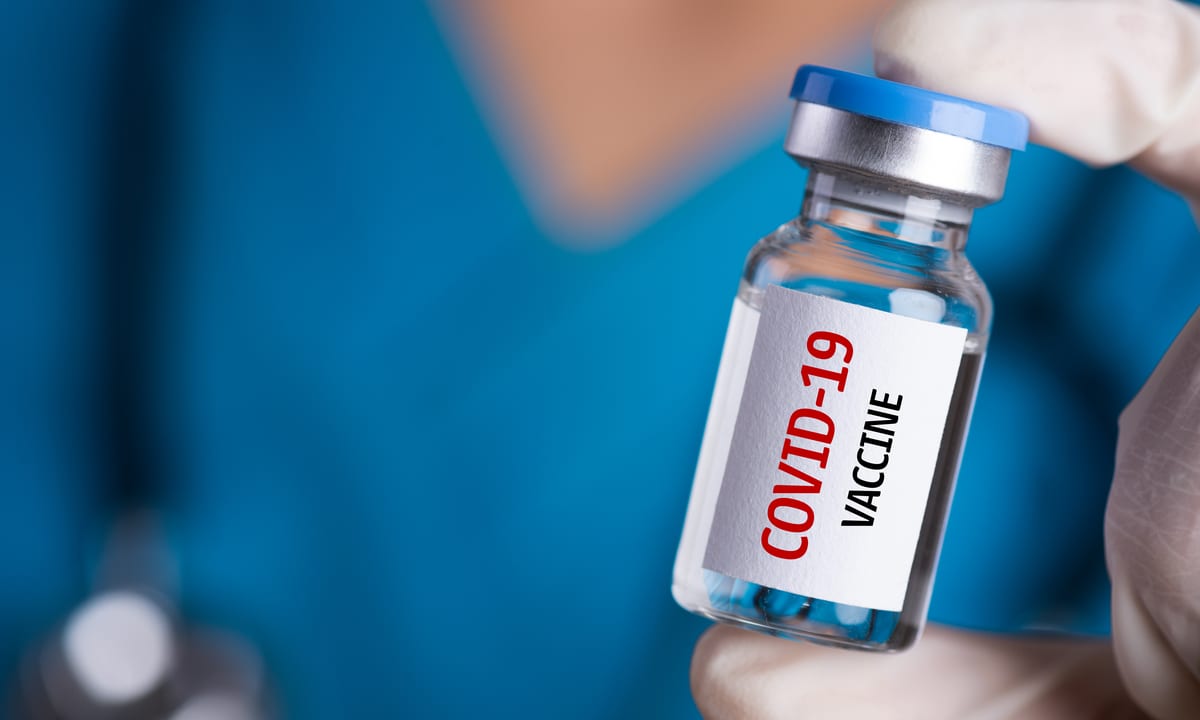In recent news, an Indian IT-start-up, Thalamus Irwine, has announced developing an AI and IoT-enabled serosurvey technology to test and identify vulnerable communities who should be prioritised for COVID-19 vaccination.
As the world starts getting vaccinated for COVID-19, some pertinent questions regarding logistics and access become relevant. In fact, in a country like India, the distribution of the COVID-19 vaccine for 1.3 billion people with limited resources can be a daunting task. However, the use of a data-driven approach can make the process much easier.
“Data and tech is a crucial aid in almost every step of vaccine allocation and distribution,” said Sanjana Krishnan, partner at CPC Analytics, a data-driven policy consulting firm. “Governments around the world target healthcare and frontline workers first, and this decision making is aided by data. But a more important role of data will be in the distribution of vaccines by optimising and targeting the delivery.”
The article analyses different ways AI and data science can be used to prioritise the distribution and allocation of the COVID-19 vaccine in India.
Distribution – How will it reach everyone?
Vaccine distribution has several parameters associated with it, right from its procurement to storage, and then distribution and administration.
The growth of COVID-19 cases has been uneven in India, where some areas saw a sudden spike in the curve as resources were made available on an ad-hoc basis. However, this is not possible with the COVID-19 vaccines since it needs low-temperature storage facilities that cannot be allocated on a need-per basis. Misallocation will lead to a lack of resources in some places or wastage in others.
India’s vaccine management is currently taken care of by the electronic Vaccine Intelligence Network (eVIN) implemented in 32 states. Although it has improved the supply chain, the latest available audit of eVIN shows certain bottlenecks.
Thus, data science and IoT can help eVIN identify and resolve bottlenecks to ensure a continuous vaccine supply. IoT can also be used to monitor storage temperatures and alert fluctuations, as a rise in temperature can make the vaccine unstable and lead to wastage.
Additionally, data can also be used in logistics management to optimise delivery routes and vehicles.
The number of cases has fluctuated considerably and is dependent on a lot of factors other than the density. Since its demand is not unidimensional, demand forecasting techniques can help ensure the need for vaccines in particular areas in advance.
Lastly, data can keep track of the number of people who have been vaccinated in each area — at least 80% need to be vaccinated to achieve herd immunity. Applications like Co-Win app have also been launched to track the number of people vaccinated.
Allocation – Who gets it when?
The Serum Institute of India is a producer of more than 1.5 billion vaccines per year. However, the health ministry has said that it will be able to allocate only 300 million COVID-19 vaccines until August 2021.
Here, identifying vulnerable sections of the population is important, which will make the allocation process seamless. Data analysis can help identify these; however, appropriate parameters need to be decided.
The platform by Thalamus Irwine uses a partner device to provide real-time data and can use its technology to conduct a seroprevalence study of one crore samples within a week. This can help map out areas or communities that have not yet developed the immunity for COVID-19 and should be prioritised.
However, Krishnan thinks that vaccine allocation based on seroprevalence rates should be treated with caution.
“Seroprevalence surveys indicate the number of people with COVID antibodies at the time of the survey. It is important to remember that protection is not permanent, antibodies decrease over time, and there are several reported cases of reinfection,” said Krishnan.
A paper published on ORF by Krishnan and her team at CPC compares several data models adopted by the Government, in the past, to come up with four parameters that should be considered for a data-driven approach to prioritise the allocation process of the vaccine.
“Irrespective of the number of cases, the prioritisation is based on the vulnerability of the receiver, which is mainly determined by the essential occupation, age, comorbidities, and income,” said Krishnan., “The first three criteria are indisputable, and countries around the world follow it. However, it is unclear if income will be a criterion for prioritisation, given that governments plan free vaccination for all.”
Wrapping Up
While the distribution of the vaccine can be accelerated with technology, and data-driven solutions can make the process more efficient, humans will play the most important role.
Hence while human data is collected and analysed, ensuring the privacy and security of the same. Further, Transparency in terms of where the data is used is also severely crucial.
This article has been published from a wire agency feed without modifications to the text. Only the headline has been changed.
Source link













